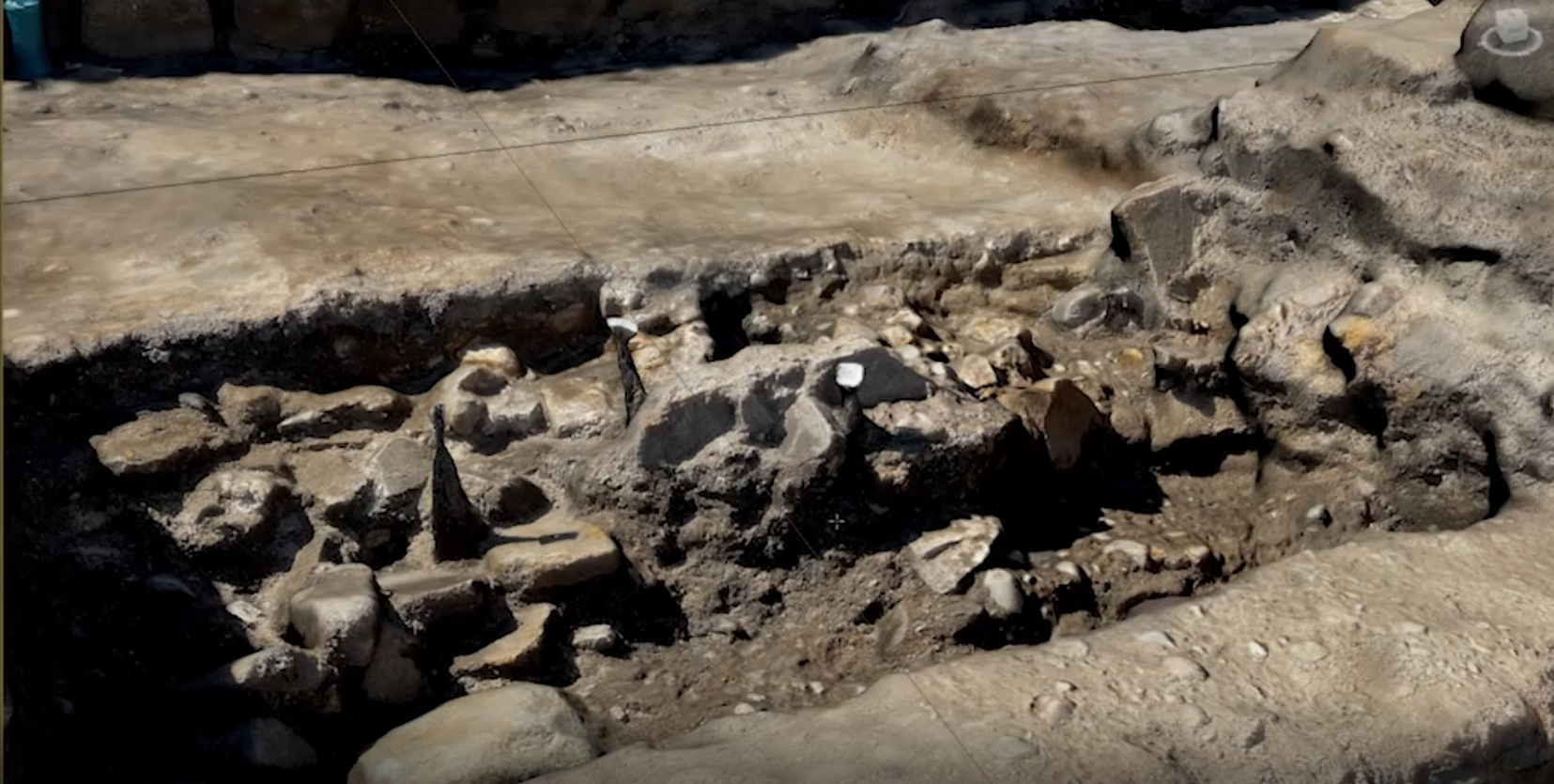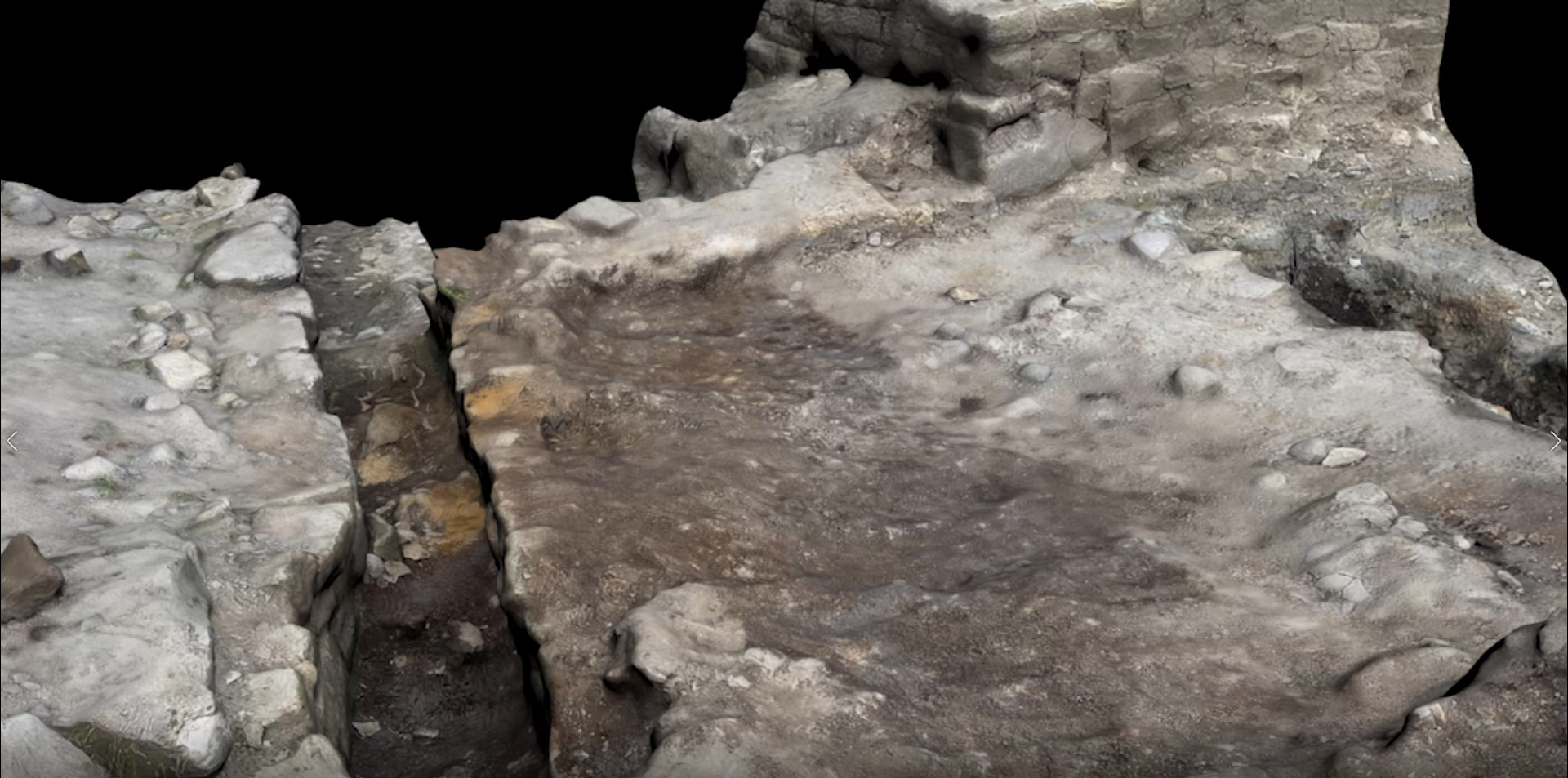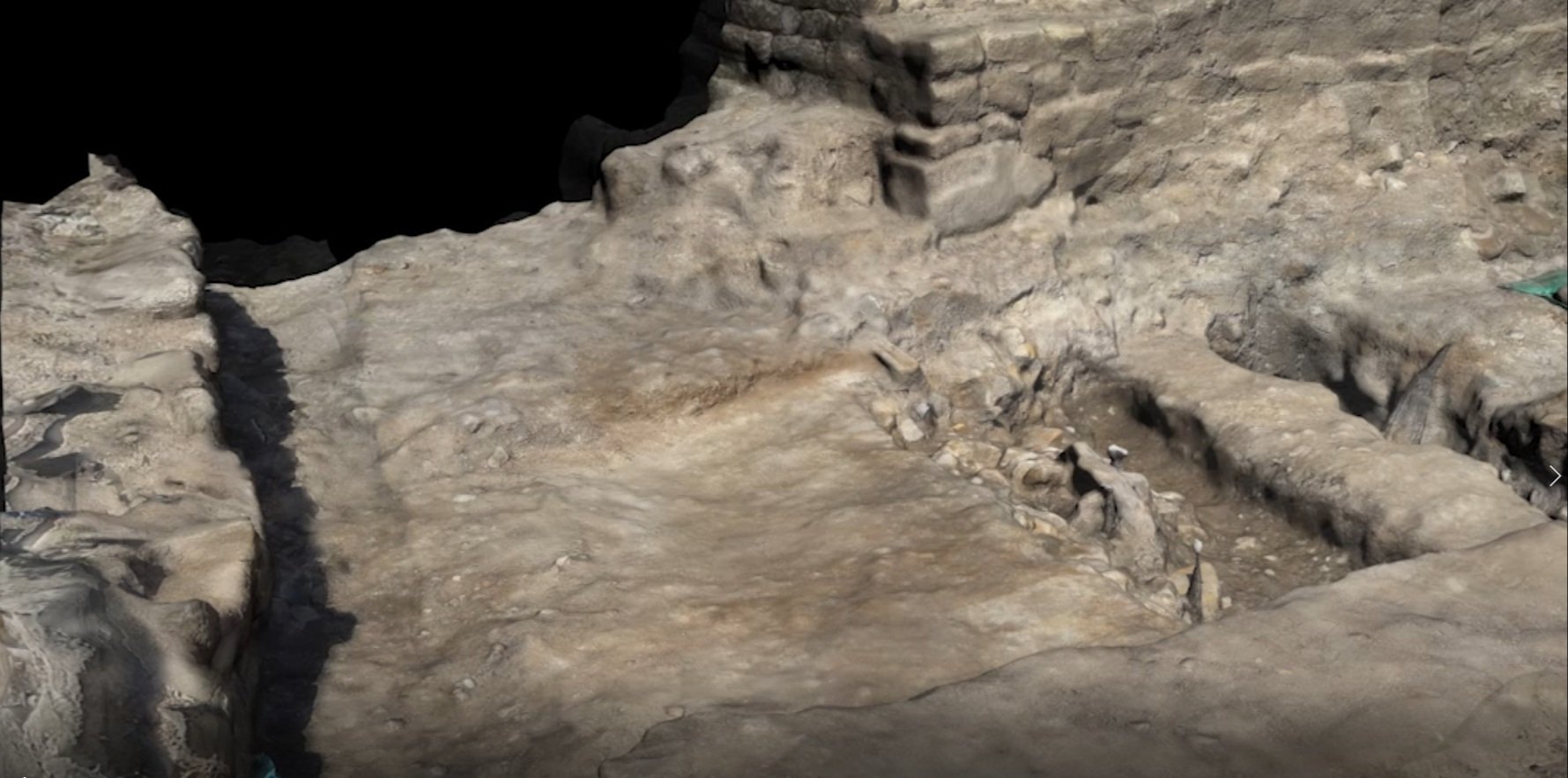
Roman Archaeological Trench conservation
Client:
Undisclosed
Industry:
Archaeology
Final Product:
Pre and Post-Dig Conservational Record
Techniques:
Landscape photogrammetry
Post Processing
Date & Duration:
2022, 2 days
Objective
This series of models was created to showcase how photogrammetry can document different stages of an archaeological excavation. Since excavation trenches are often refilled once a dig concludes, creating detailed digital records ensures that the findings and progress of the dig can be preserved for future study, analysis, and archiving. This approach provides an invaluable resource for researchers, enabling them to revisit the site virtually long after the physical dig has ended.
Approach
Two comprehensive photography sessions were carried out: one at the start of the excavation to document the initial state of the site and another after the dig was completed to capture the final state. The captured images from both sessions were processed using photogrammetry software to generate two high-resolution, textured 3D models. This approach not only recorded the physical changes over time but also created an interactive way to visualize the excavation process.
Outcome
The completed models effectively documented the key phases of the excavation, providing a detailed and visually engaging record of the work done. These models served multiple purposes: showcasing the findings for presentations and publications, offering a tool for public engagement, and acting as a permanent digital archive for future study. By providing an accessible and accurate representation of the dig, the models became a valuable resource for archaeologists, students, and the wider heritage community.
Innovation
This project highlighted the innovative use of photogrammetry to preserve the ephemeral stages of an archaeological dig. By capturing both the initial and final states of the trench, the models provided a comprehensive view of the excavation's progress and findings. The dual-model approach offered a unique way to compare different stages of the dig, helping to visualize the transformation of the site. Beyond traditional photography, these interactive 3D models allowed for deeper analysis and public engagement, enabling users to explore the site in a way that static images could not. The digital preservation of the trenches ensures that the archaeological data remains accessible for future generations, even after the physical site is no longer visible. This application of photogrammetry demonstrates its transformative potential in modern archaeology.


Pre-dig trench model

Post-dig trench model